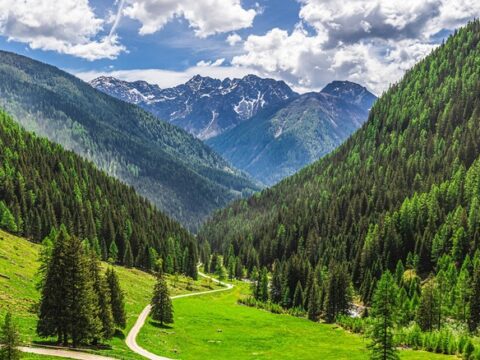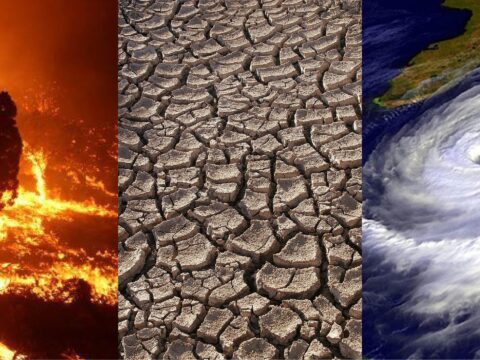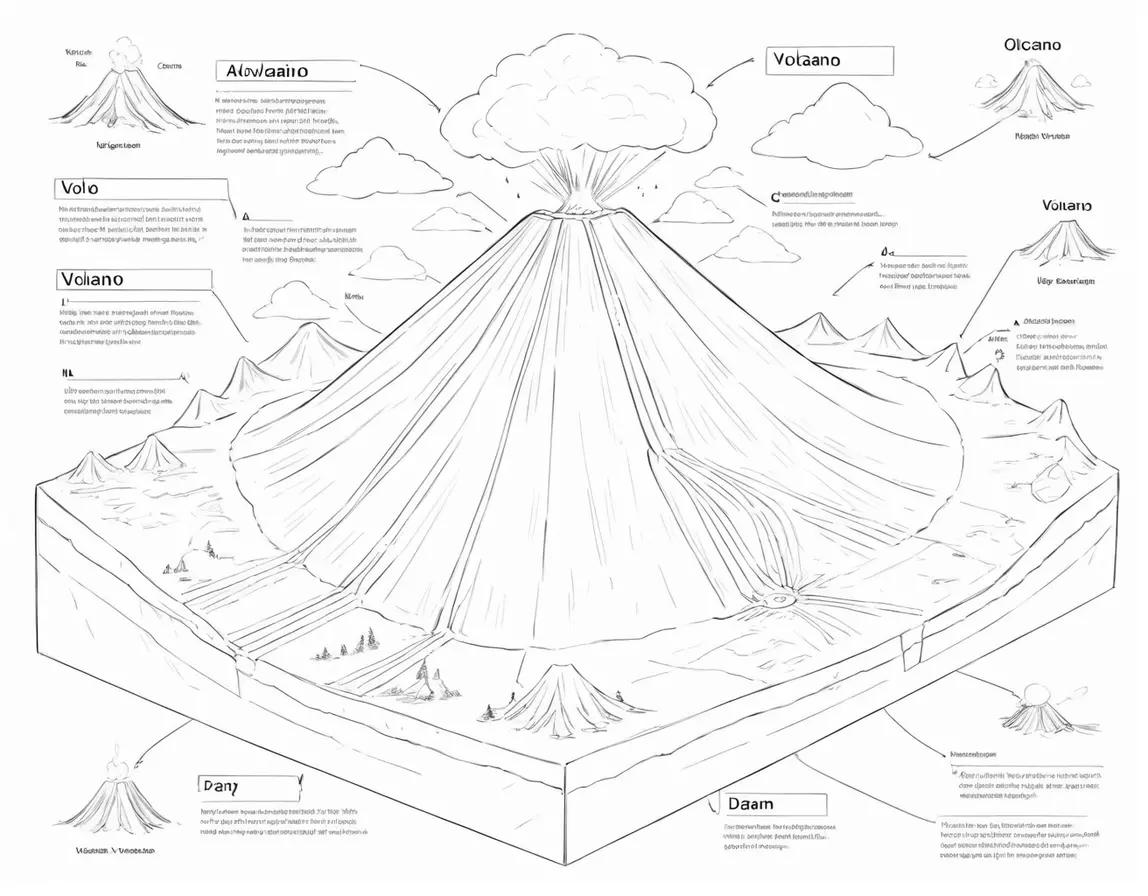
The carbon cycle is a basic process that moves carbon around Earth’s environment. It is made up of many different biological, geological, and atmospheric processes working together. The goal of this study is to reveal the intricate workings of the carbon cycle, including its different parts, importance, and the huge effect it has on the balance of the ecosystems on our planet.
Introduction to the Carbon Cycle:
The carbon cycle is a dynamic system that describes the movement of carbon among the Earth’s atmosphere, oceans, land, and living organisms. Carbon, a fundamental building block of life, exists in various forms, including carbon dioxide (CO2) in the atmosphere, dissolved carbon in the oceans, organic matter in living organisms, and carbon stored in fossil fuels and rocks.

Carbon Sources and Sinks:
The carbon cycle involves two primary components: sources and sinks. Sources release carbon into the atmosphere, while sinks absorb and store carbon. The major sources include:
Respiration: Living organisms release carbon dioxide into the atmosphere during the process of respiration.
Combustion: The burning of fossil fuels and biomass releases carbon dioxide into the atmosphere.
Decomposition: The breakdown of organic matter by bacteria and fungi returns carbon to the soil.
Volcanic Activity: Volcanic eruptions release carbon dioxide from the Earth’s interior.
Sinks, on the other hand, include:
Photosynthesis: Plants absorb carbon dioxide from the atmosphere during photosynthesis, converting it into organic compounds.
Ocean Uptake: Oceans act as a significant sink by absorbing carbon dioxide from the atmosphere and storing it in the form of dissolved carbon compounds.
Soil Sequestration: Carbon is stored in soils through the accumulation of organic matter.
The Role of Photosynthesis:
The carbon cycle depends heavily on photosynthesis, a vital biological process carried out by plants and other photosynthetic organisms. During photosynthesis, carbon dioxide from the atmosphere is converted into glucose and other organic compounds, releasing oxygen as a byproduct. This process not only sustains plant life but also serves as a key mechanism for carbon sequestration.
Carbon in the Atmosphere:
The atmospheric component of the carbon cycle involves the exchange of carbon dioxide between the atmosphere and living organisms. Carbon dioxide in the atmosphere contributes to the greenhouse effect, trapping heat and regulating the Earth’s temperature.
However, human activities, such as the burning of fossil fuels, deforestation, and industrial processes, have led to an increase in atmospheric carbon dioxide levels, contributing to global climate change.
Ocean Carbon Cycling:
The world’s oceans play a crucial role in the carbon cycle by serving as a massive carbon sink. Dissolved carbon dioxide in surface waters is taken up by marine organisms during photosynthesis, contributing to the formation of calcium carbonate shells and skeletons. Over time, these organic materials may sink to the ocean floor, sequestering carbon for extended periods in the form of marine sediments.
Carbon in Terrestrial Ecosystems:
Terrestrial ecosystems, including forests, grasslands, and wetlands, are significant players in the carbon cycle. Plants absorb carbon dioxide during photosynthesis, incorporating it into their tissues.
When plants die or shed leaves, carbon is returned to the soil through decomposition. Forests, in particular, act as carbon sinks, storing vast amounts of carbon in their biomass and soils.
Human Impacts on the Carbon Cycle:
Human activities have significantly altered the natural balance of the carbon cycle. Deforestation reduces the number of carbon-absorbing trees, contributing to increased atmospheric carbon dioxide levels.
The combustion of fossil fuels releases stored carbon into the atmosphere, intensifying the greenhouse effect and accelerating climate change. Understanding these anthropogenic influences is crucial for mitigating their impact on the delicate balance of the carbon cycle.
Feedback Mechanisms:
The carbon cycle is intricately linked to feedback mechanisms that can either amplify or dampen the effects of carbon cycle changes. For example, as global temperatures rise due to increased carbon dioxide levels, the ability of oceans to absorb carbon may be compromised, potentially amplifying the greenhouse effect.
Monitoring and Research:
Ongoing research and monitoring efforts are essential for understanding the dynamics of the carbon cycle and its response to environmental changes. Advanced technologies, such as satellite imagery and climate models, enable scientists to track carbon fluxes, predict future trends, and assess the impact of human activities on the carbon cycle.
The carbon cycle is one of the most important processes that determines whether or not our world is habitable. The complicated parts of this cycle affect the temperature around the world and the health of Earth’s ecosystems. Carbon moves between the atmosphere and living things and is then stored in the oceans and on land.
For more sustainable practices and to lessen the effects of climate change on our connected world, we need to know more about the carbon cycle as we deal with the problems that people cause.



















